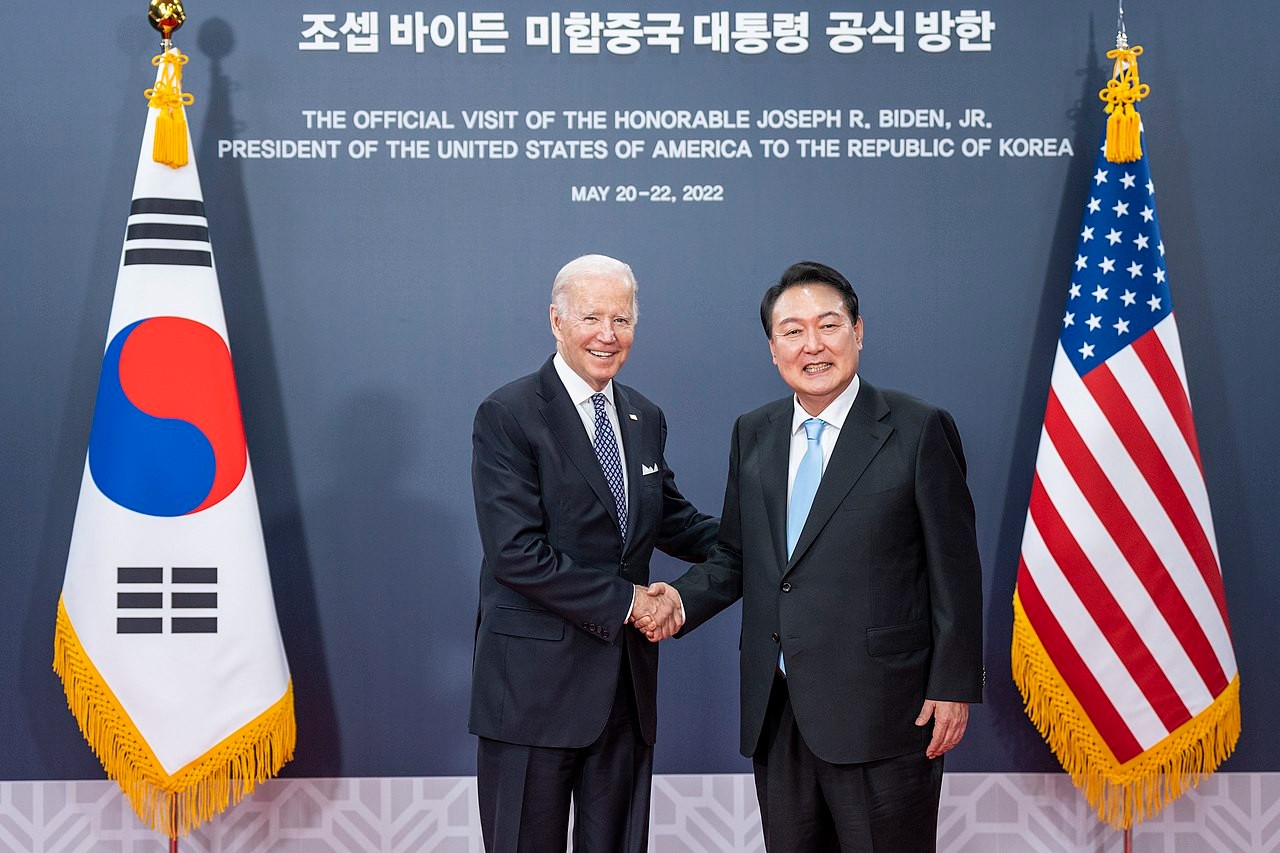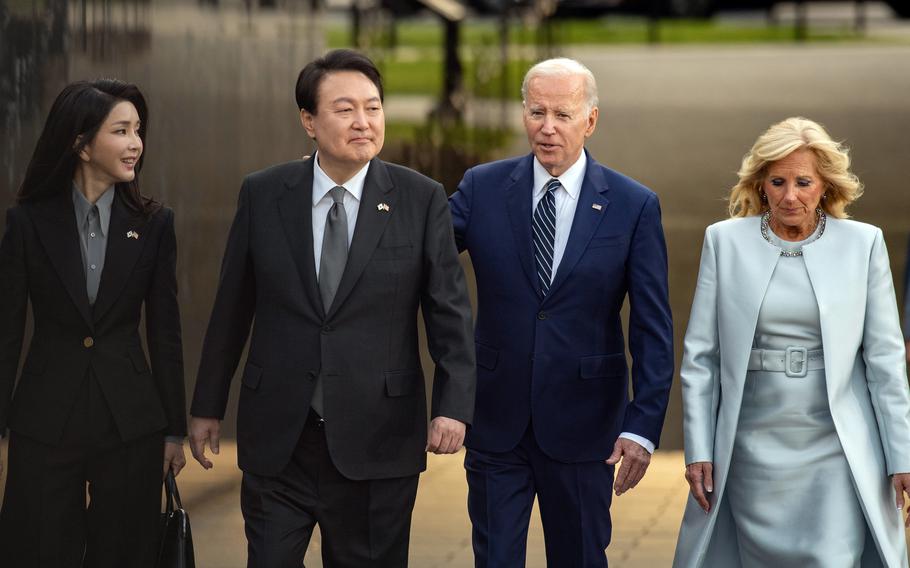The United States and South Korea have reached a preliminary five-year cost-sharing agreement for the continued presence of US forces in South Korea, solidifying their long-standing alliance.
This development comes amid concerns about the potential return of former US President Donald Trump, who had previously pushed for significant changes in South Korea’s financial contributions.
The current agreement, which governs the stationing of approximately 28,500 US troops on the Korean Peninsula, remains valid until the end of 2025.
However, both sides aimed to expedite the negotiations, fearing the possibility of strained relations under a second Trump administration, similar to the challenges experienced during his first term.
At the time, Trump demanded a steep 400% increase in South Korea’s payments for hosting US troops.
Under the new agreement, South Korea will contribute KRW 1.13 billion ($1.13 billion) to the cost of stationing US troops in 2026, marking an 8.3% increase compared to 2025, according to South Korea’s foreign ministry.
This deal will be in effect from 2026 to 2030, subject to approval by South Korea’s national assembly. In contrast, the US Congress does not play a role in finalizing the agreement on the American side.
US State Department spokesperson Matthew Miller praised the agreement, calling it a “significant accomplishment” that would further strengthen the US-South Korea alliance and shared defense capabilities.
Miller highlighted the alliance’s importance in promoting peace and security in Northeast Asia and the broader Indo-Pacific region.
The presence of US troops in South Korea remains critical for both nations, serving as a deterrent to potential aggression from North Korea, which continues to expand its nuclear arsenal.
Additionally, the US military presence in the region plays a key role in countering China’s increasing assertiveness.
This agreement, reached after eight rounds of negotiations, is seen as a vital step in maintaining stability and strengthening military cooperation between the two allies.

New US-South Korea Agreement Introduces CPI-Based Cost Adjustments
The new agreement introduces an annual adjustment mechanism based on the Consumer Price Index (CPI) rather than South Korea’s defense budget, which has been growing by approximately 4% annually.
The CPI-based adjustment, estimated to increase around 2% per year, is designed to moderate the rise in contributions and provide stability in the years ahead.
According to South Korea’s foreign ministry, the deal includes a 5% cap on any annual increases, ensuring that contributions do not spiral out of control during times of inflation.
Lee Jae-woong, a spokesperson for the South Korean ministry, called the new CPI-based formula and cap a “significant achievement” in this round of negotiations. The shift marks a departure from the previous system and is expected to prevent large jumps in contributions, even in unpredictable economic conditions.
A ministry official said that under the old defense-budget-linked formula, South Korea’s payments could have doubled in just a few years. The new method is seen as a way to ease financial pressures.

The latest 12th Special Measures Agreement (SMA) also addresses concerns over how South Korea’s funds are used. It specifies that Seoul’s contributions will only cover the maintenance and repair of US military equipment stationed in South Korea.
In the past, there were concerns that funds had been allocated to the upkeep of US equipment outside of South Korea, raising questions about whether the contributions were truly benefiting the operations within the country.
During Trump’s tenure, the two sides struggled to finalize a deal, resulting in a temporary one-year agreement with an 8.2% increase in contributions, which many viewed as unsustainable.
The subsequent 11th SMA agreed upon in 2021 included a 13.9% increase under a six-year deal, the largest annual rise in nearly 20 years.
Despite these past difficulties, the latest agreement is being praised as a balanced outcome. Park Won-kwon, a professor of North Korean studies at Ewha Womans University, noted that an 8.3% increase, negotiated just ahead of the upcoming US election, is seen as a favorable outcome for South Korea.
Before the new agreement takes effect, it must undergo domestic procedures, including approval from South Korea’s parliament, which could take a few months.
The agreement will help maintain the US military presence of approximately 28,500 troops in South Korea, a critical component of the alliance’s efforts to deter threats from North Korea.
- Contact the author at ashishmichel(at)gmail.com
- Follow EurAsian Times on Google News




